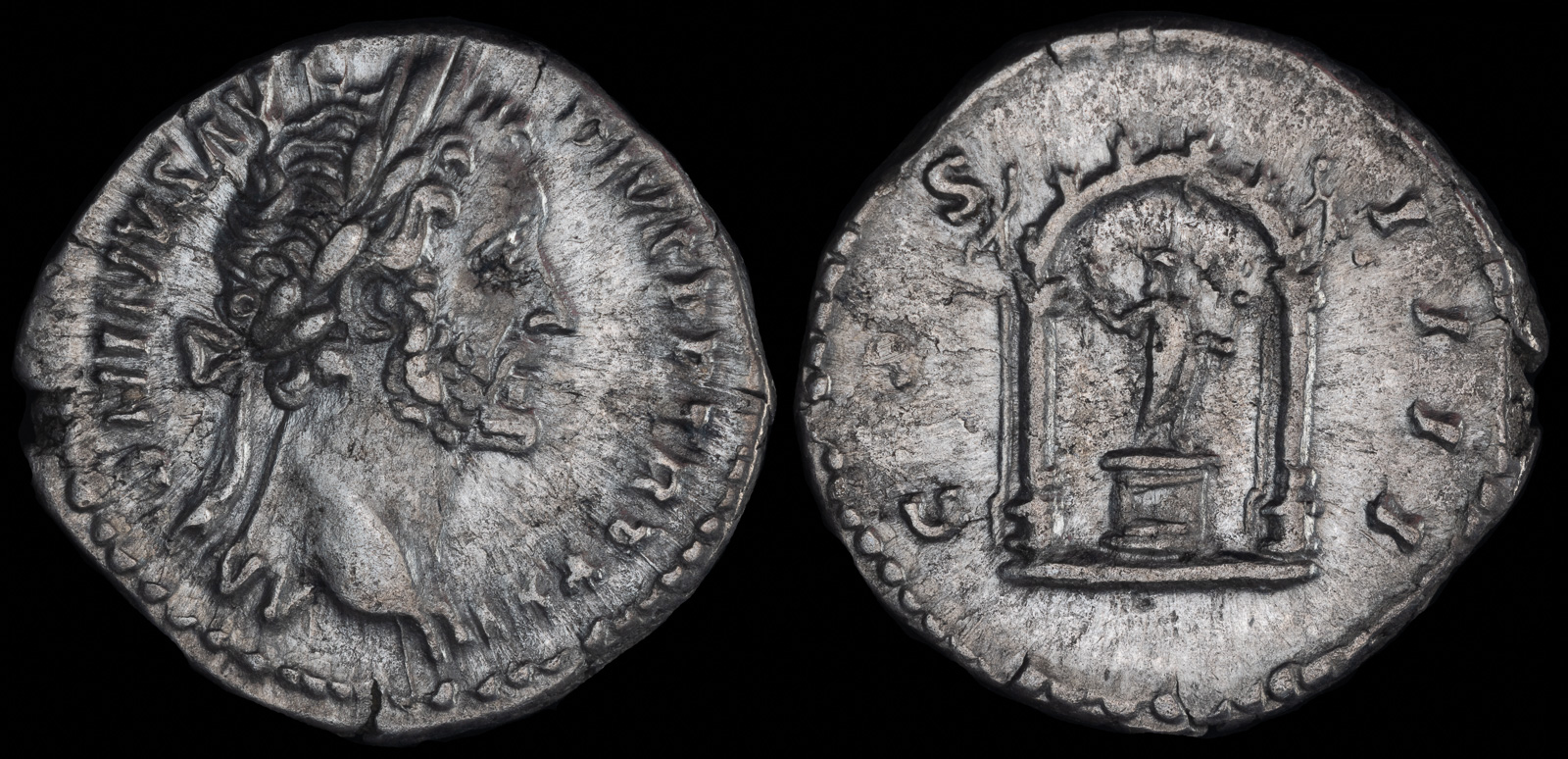Statue
View All Tags
In ancient Greece, statues were often created to represent deities in temples, where they served as focal points of worship. The most famous example is the statue of Zeus at Olympia, created by the sculptor Phidias in the 5th century BCE. This massive statue, made of gold and ivory, was considered one of the Seven Wonders of the Ancient World. Greek statues were typically made of marble, bronze, and other materials, and were highly stylized, emphasizing idealized human forms, symmetry, and balance. Notable Greek sculptors such as Polykleitos, Myron, and Praxiteles developed techniques that focused on anatomical precision, proportions, and the representation of human beauty and athleticism.
In addition to religious statues, the Greeks also created statues to honor victorious athletes, war heroes, and philosophers. For example, the heroon (a monument dedicated to a hero) often featured statues of local heroes who had performed great deeds in battle or competition. Statues of philosophers like Socrates and Plato were created as a way to immortalize their teachings and contributions to Greek intellectual life.
In ancient Rome, statues were used for similar purposes but were also more deeply connected to the political and imperial culture. Roman statues were often commissioned by emperors and generals to commemorate military victories and reinforce the ruler’s authority. The Romans favored realism in their statues, particularly in portraiture, where they depicted detailed features of individuals, often with an emphasis on the wrinkles, blemishes, and imperfections of age. This focus on realism reflected Roman values of gravitas (seriousness) and virtus (courage and moral excellence), reinforcing the idea of leaders as people who were both wise and strong.
Public statues were also placed in forums, markets, and public spaces, and often depicted gods, heroes, emperors, or mythical figures. The use of imperial portraits became a powerful political tool, as emperors would place statues of themselves in various parts of the empire to assert their presence and influence over the populace. Emperors like Augustus used statues to project an image of divine authority and legitimacy, often using the symbolism of the gods in their own depictions. Statues also served as a reminder of military conquests, as seen in the Trajan’s Column in Rome, which depicts a series of detailed scenes from Emperor Trajan’s victory in the Dacian Wars.

Antoninus Pius 158-159 CE

Antoninus Pius 159 CE
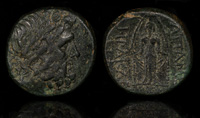
Apamea, Phrygia 133-48 BCE
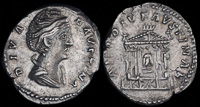
Diva Faustina Sr 146 CE
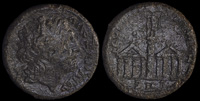
Koinon of Macedon 222-235 CE
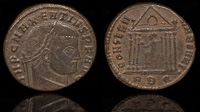
Maxentius 308-310 CE
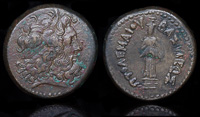
Ptolemy III Euergetes 246-222 BCE

Trajan 115 CE

Volusian 251-253 CE
